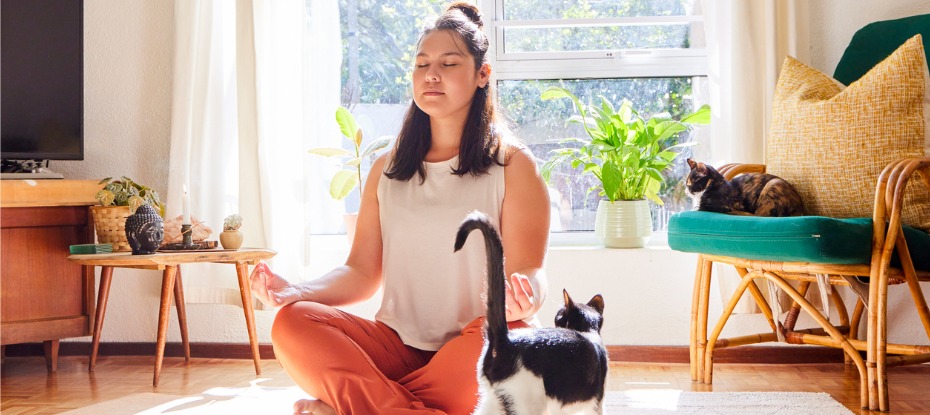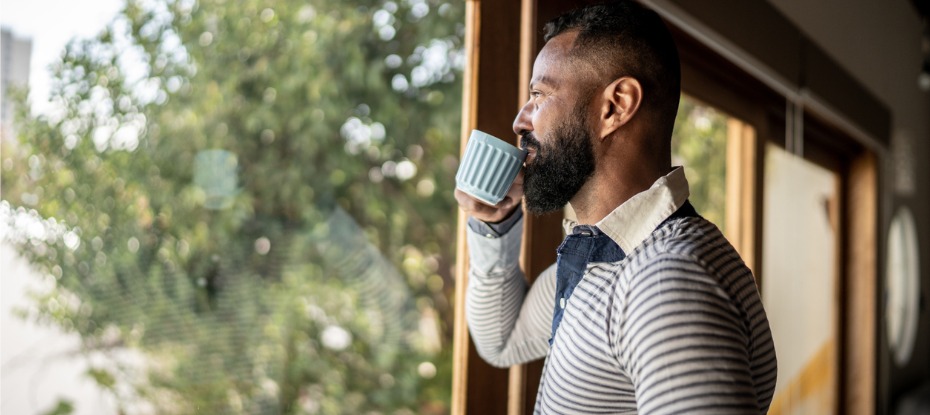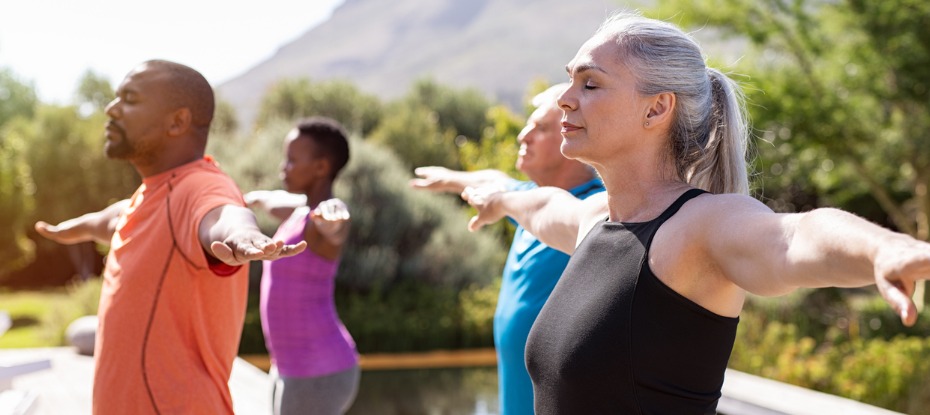
Starting a mindfulness journey is often one of those things left at the bottom of the list because "there’s no time" or "it's not for me". Could that be you? What some people may not realise is that mindfulness doesn't need endless hours every morning and night, but one can start with as little as a few minutes every day. Short bursts of mindfulness can deliver the same benefits as a 20-minute session. Make mindfulness part of your daily routine, and know your future self will thank you.
What is Mindfulness?
Mindfulness is about being present in the moment and aware of your actions and surroundings. It sounds simple but often becomes a struggle when we realise we spend lots of time thinking about the past or planning the future. When you are mindful, you are in the now: aware of your thoughts and feelings without judging or criticising them.
How Can Mindfulness Improve Health?
Studies have shown that mindfulness can reduce stress, anxiety, and depression. Engaging in mindful activities can also have physical health benefits like lower blood pressure, improved heart health, and a sounder night's sleep.
7 Ways to Incorporate Mindfulness
Are you unsure how to add a little mindfulness to your day? Start with one or two of these simple tips. If something isn't working, change it, try something new, and think about what works for you. But don't give up.
#1 Mindful morning ritual
A morning ritual that involves mindful practices is an excellent way to kickstart your day. Choose a feel-good activity, start slow, and see how you can commit to it every morning. It doesn’t have to be a big commitment; a few minutes can feel extremely rewarding and will keep you going. Aim at completing your morning ritual before looking at email, texts, or social media - you want to ease into the day peacefully.
Your morning ritual might involve yoga, stretches, reading, journalling, petting the dog, breathing exercises, or watching the sunrise with a hot beverage. Complete your chosen ritual quietly with no background noise. Try clearing your mind by focusing on your activity and the small tasks it involves. You can even finish by visualising how you want the rest of your day to go and feel grateful for something specific.

#2 Mindful eating
Eating mindfully has a range of benefits we often overlook. The Western world applauds multitasking, and when it comes to eating, this might be lunch at the desk while catching up with social media posts or the nightly meal in front of the news. When doing other things while eating, we can't give our full attention to what's on our plate. This limits our ability to read our body’s satiety cues and our capability of chewing each mouthful properly to get the full nutritional value.
Mindful eating means paying attention to what we eat and how we eat it. It means noticing the speed at which you eat each mouthful, the texture of the food, and the different flavours. This practice allows you to gain more enjoyment from what you're putting in your mouth and make mealtimes set times of the day to pause and have a moment with yourself. If this sounds too much, start with one meal or snack per day. It might feel uncomfortable, unproductive, and even weird, but the more you do it, the better it will feel. Give it a try!
#3 Taking mindful breaks
Having short, mindful breaks during the day is great for our health. If you're constantly feeling stressed or anxious during the day, mindful breaks can be what you need to reset your raised cortisol stress hormones. While being at work, take a break, leave your desk, and go for a walk. Enjoy your walk while you unwind and destress. It can be hard to detach completely from what's happening at work, but taking that break and being fully present while observing the sights, sounds, and smells around can be one place to start.
If a walk sounds unrealistic or you prefer to take a quiet break while sitting down, try mindful breathing. The 5-4-3-2-1 Grounding Technique will help you feel less stressed and overwhelmed and more present and grounded. It’s an easy-to-learn and effective practice.
Here is how you do it: Find a comfortable position and focus on 5 things you can see. Take a deep breath in between, and then focus on 4 things you can touch. They might be items within an arm’s length or on your body. Now concentrate on 3 things you can hear, from the fridge's hum to a car driving past or the bird out the front. After another deep breath, focus on scents and acknowledge 2 things you can smell. Finally, flavour. Think about 1 taste and savour it in your mouth.
#4 Mindful movement
Sitting still or closing your eyes to meditate isn’t for everyone. If you like to take a break to move a little, you can also make it mindful. With mindful movement, the goal is to give the present moment your full attention by focusing on your breath and how your body feels as you move. When the mind begins to wander, don't panic, don't feel you've failed. Simply, bring it back to your breath and moving body. Realising your mind started to wander is already an act of coming back to the present.
The movement can be whatever you like. From a walking meditation, in which you embark on a slow walk while being fully aware of your movements, to a short stretching or yoga session when feeling tense or stiff, and in which you concentrate on each part of the body as you work the muscles.
As long as you decide to move, it doesn't matter how. Get your blood circulating and your muscles working. Not all exercise needs to be vigorous to achieve health benefits. Just remember to leave your headphones behind and become aware of your movements and breath.

#5 Mindful technology use
Technology and mindfulness seem like odd couples. Often people practice mindfulness to take time away from their phone or computer. But technology can be part of mindfulness. Wearable devices can measure breath and help the wearer understand their heart rate. Moreover, tracking heart rate can be used to sense emotions such as stress and calm. Other trackers can help users with their posture and its effect on breathing. Apps such as Headspace can help relax, ease the mind, fall asleep, and prioritise well-being.
Technology is valuable. It can be a tool for learning new mindfulness skills and help you stay on track with a new ritual. If your workplace has an Employee Assistance Program, ask if the program has a wellness app to access for free.
#6 Cultivating gratitude
Gratitude as a form of meditation can bring huge benefits. As the name suggests, it is the practice of reflecting on aspects of life that we feel grateful for. A deep sense of gratitude can reduce anxiety and feelings of isolation because it helps us connect to something larger than ourselves, allowing the mind to think of something other than negative thoughts. Gratitude works to deal with adversity in the present but also reserves for the future.
To create this habit, start with a quiet spot and think about 3 things you can feel grateful, fortunate, or blessed for. It could be your home, family, friends, a pet, health, community, or a physical possession - you'll find it's often the little things that make us smile the most. Try to set up a time of the day to come back, pause, and think of 3 new things.
#7 Mindful evening rituals
Treat your evenings as sacrosanct; as the sacred time for winding down, preparing the body for restful sleep, and getting ready to tackle a new day. Turning off the TV at 11.30 pm and going to bed might not be an ideal evening routine for optimal health benefits. Instead, creating an evening ritual can help signal your body it’s time to rest and recover.
Incorporating mindfulness into your daily routine doesn't have to be overwhelming. By integrating small, mindful practices into your day, you can experience significant improvements in your mental and physical well-being. Our Healthy Lifestyle services are available with most of our Extras cover policies.